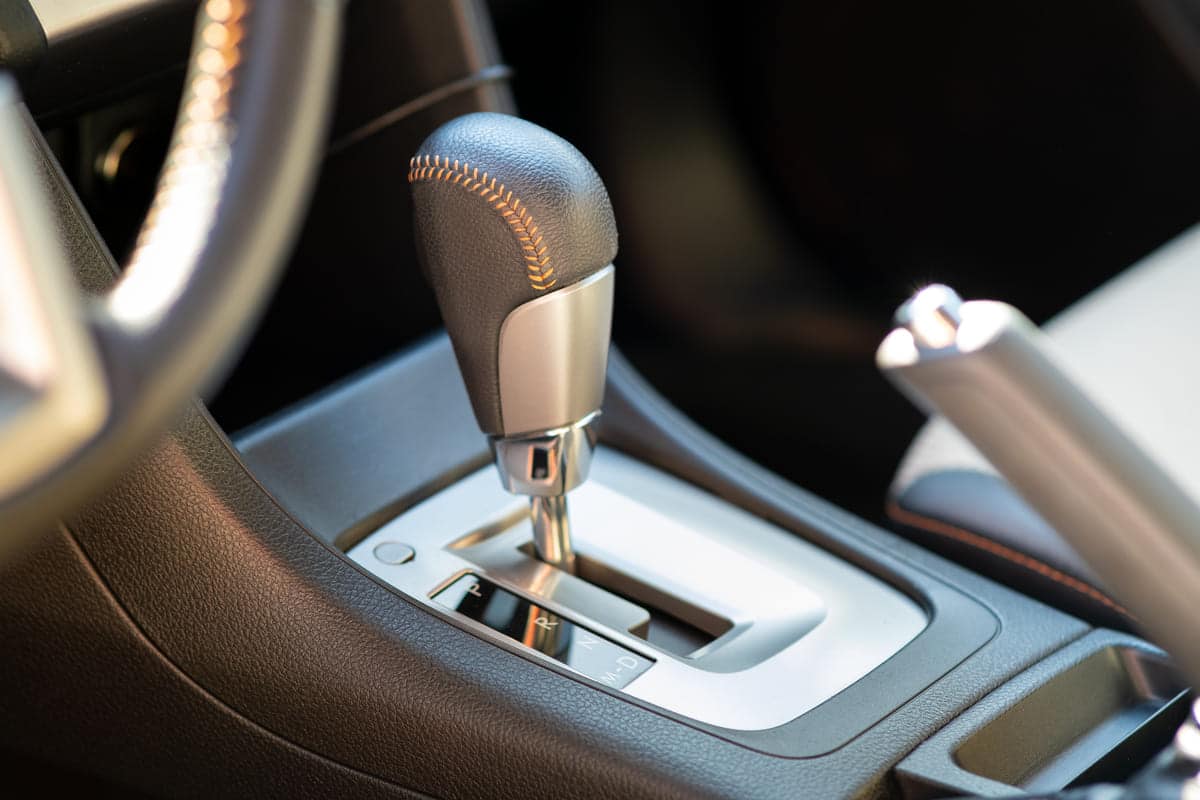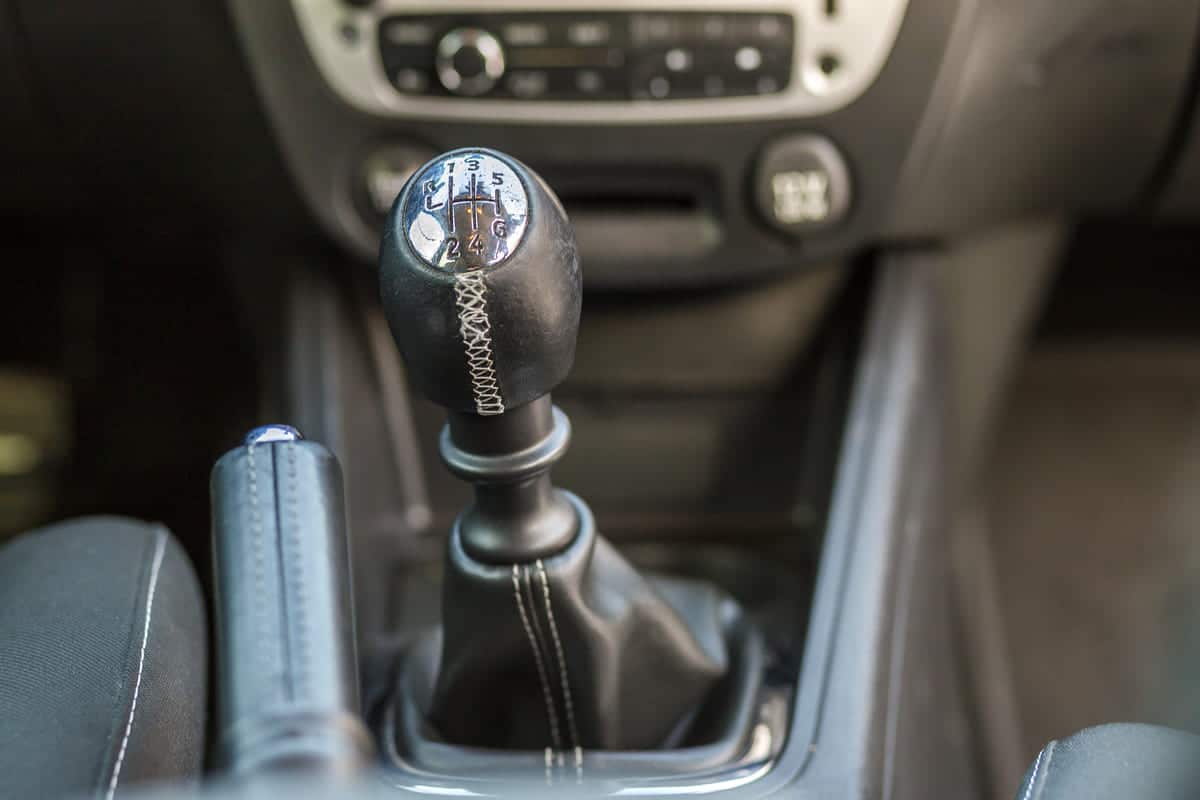A gear stick is part of the transmission system and allows drivers to manually select gear ratios for better control. Found in manual and some auto cars, it smoothens the gear transitions and makes driving more efficient and responsive. Design and placement vary across different models.
What is a Gear Stick?
A gear stick also called a shifter or gear lever, helps the driver to change gears in a vehicle. It’s usually found between the front seats in manual cars.
When you move the gear stick, you control the gearbox. The gearbox controls how fast the car goes and how much power it uses.
In manual cars, you need to use the gear stick with the clutch pedal. Press the clutch, then move the gear stick to the right gear.
Some auto cars also have a gear stick. Though it looks the same, it works differently. Drivers don’t need to press a clutch pedal and the car will change gears by itself.
References
- Gear stick. Wikipedia. Retrieved from
How Does a Gear Stick Work?
A gear stick helps drivers control their car’s speed and power. Let’s break it down step by step.
First, press the clutch pedal with your foot. This will disconnect the from the wheels, so you can change gears.
Next, move the gear stick to the desired gear position. Each slot on the stick represents a different gear, 1st, 2nd, or 3rd.
When you put the stick in a gear slot, it moves a rod that connects to the gearbox. The gearbox changes the car’s gear ratio.
As you release the clutch pedal slowly, engage the new gear. The engine connects back to the wheels and the car starts to move at the new speed.
In auto cars, the gear stick works differently. You only need to set it to drive, reverse, or park. The car’s computer, known as the control unit (TCU) will shift the gears.
Gear sticks in semi-auto cars are a combination of both. You can let the car shift automatically or shift manually without a clutch pedal.
Remember, using the gear stick properly makes driving smoother and more fuel-efficient. Each gear level makes the car perform better in different driving conditions.
References
- A Guide to How Your Car’s Gear Shifter Works. CarParts.com. Retrieved from
- How to Drive a Stick Shift. Driving-Tests.org. Retrieved from

What is a Gear Knob?
A gear knob is also called a shift knob, the part of the gear stick that you hold. It’s at the top of the gear stick.
The gear knob helps you grip the gear stick better. This makes changing gears smoother and safer.
Gear knobs come in different shapes and materials. Some are made of plastic, others of leather or metal. It depends on comfort and style.
Most gear knobs have numbers or patterns to show the gear positions. This helps you find the right gear without looking down for too long.
Some cars have special designs or logos on the gear knob. This is a personal touch and can match the car’s interior design.
Drivers often customize their gear knobs. They might choose a different material or design that feels better in their hand or looks cool.
In general, the gear knob is part of the driving experience. It helps with gear changes and the overall feel and look of the car.
References
- Gear knob and switches. Wikipedia. Retrieved from
Where is Gear Lever Located in a Vehicle?
The gear lever or gear stick helps you change gears. Its location varies depending on the transmission.
Manual Transmission:
- Between the front seats on the center console
- Positioned for easy reach while driving
Automatic Transmission:
- On the center console like manual cars
- On the steering column, known as the column shifter
Other Variations:
- Trucks and old cars have the gear lever on the steering column
- Sports cars have the gear lever closer to the driver for quick access
In all cases, the gear lever is located for safe and smooth gear changes
What Does the Letter on Gear Stick Mean?
The letters on the gear stick tell you what each gear does. Let’s see what each letter means.
- P (Park): Use this when the car is stationary. It locks the transmission so the car won’t move.
- R (Reverse): This gear makes the car move backward. Always make sure the car is fully stopped before shifting to reverse.
- N (Neutral): Neutral disconnects the engine from the wheels. Use this if the car needs to be pushed or towed.
- D (Drive): Use this for normal driving. The car will shift gears automatically as you accelerate or decelerate.
- L (Low): This is for hills or towing heavy loads. It keeps the car in a lower gear for more torque.
References
- Automatic Gear Shift Lever. Dubizzle. Retrieved from https://www.dubizzle.com/blog/cars/automatic-gear-shift-lever/


